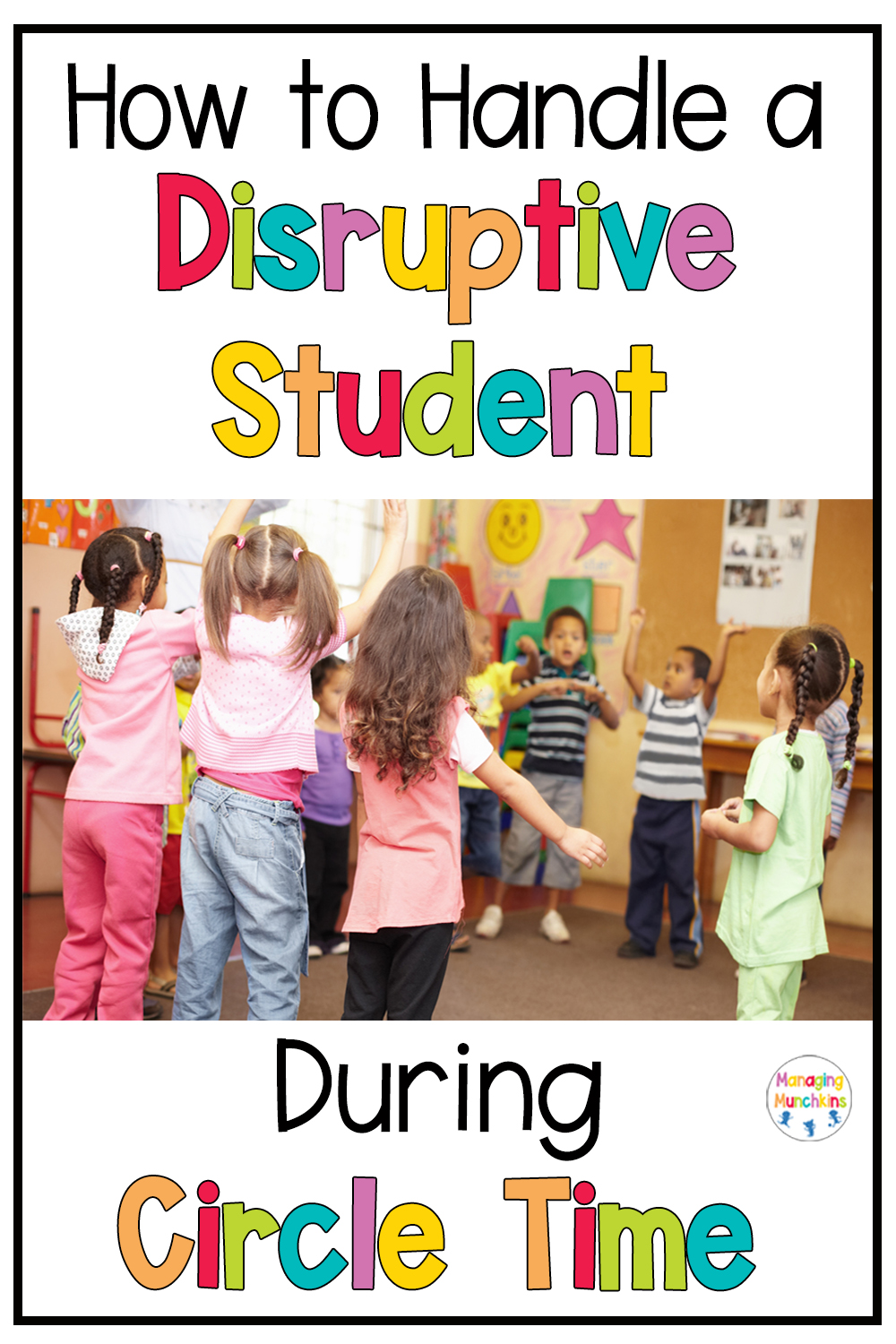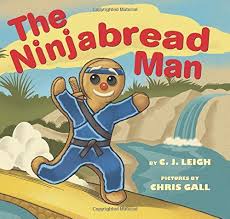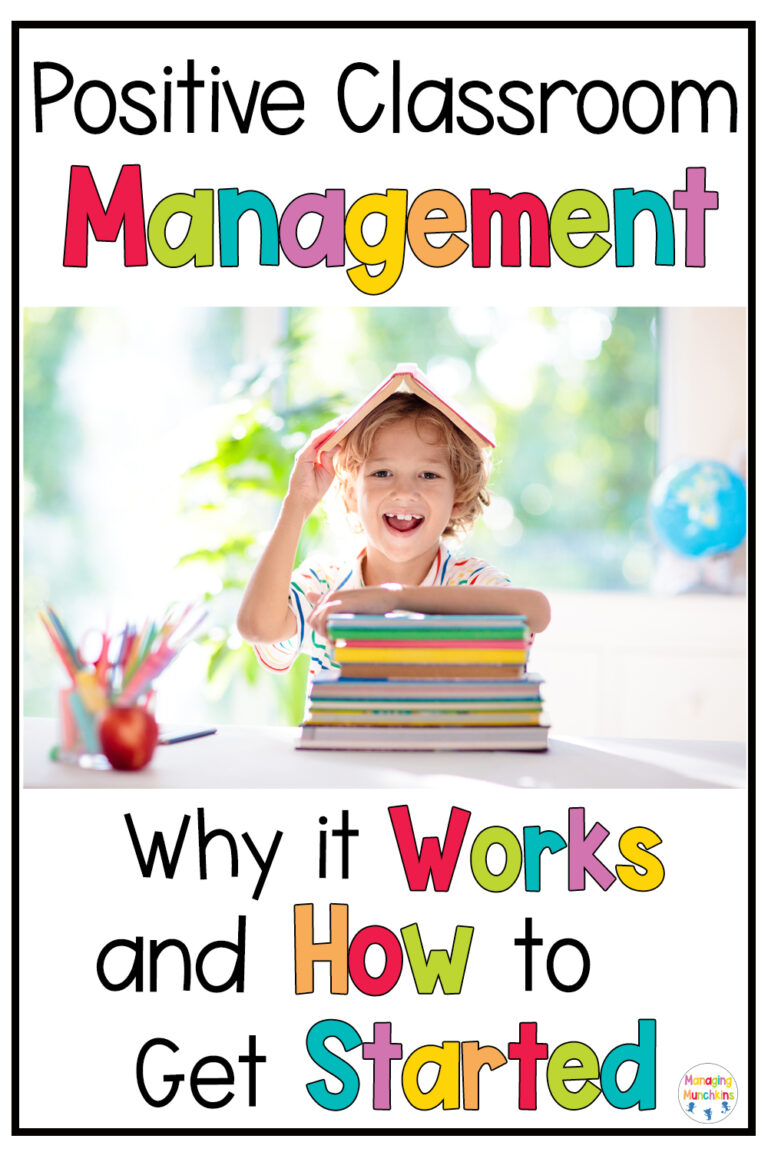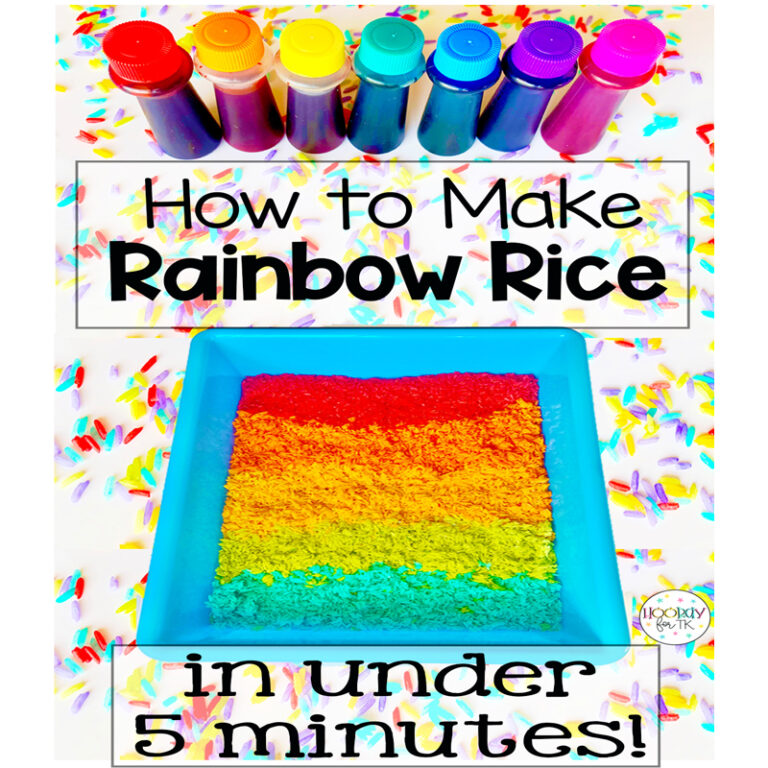Top Tips for Handling a Disruptive Student During Circle Time
In the vibrant world of kindergarten classrooms, it’s not uncommon to encounter students who struggle to sit still and focus during carpet or circle time. As educators, understanding how to manage a disruptive student during circle time effectively is key to creating a conducive learning environment for all students. In this video, we’ll dive into practical strategies for handling disruptive behavior during these crucial instructional periods.

Adjusting Expectations:
First and foremost, it’s essential to ensure that our expectations align with the developmental stage of our students. Kindergarteners naturally have lots of energy and may find it challenging to sit for extended periods. Therefore, it’s crucial to set age-appropriate expectations. Remember, one size doesn’t fit all. Each student is unique, and understanding their individual needs is paramount.
Strategic Seating Arrangements:
One effective practice is to strategically place students to set them up for success. For some, sitting at the front may minimize distractions and keep them more engaged. Others might benefit from sitting in a designated corner where they have space to move around and release excess energy. It’s also important to avoid isolating disruptive students as this can lead to feelings of exclusion.
Introducing Fidgets:
Fidgets can be a game-changer for a disruptive student during circle time. Providing a basket of fidgets, such as stress balls or sensory toys, gives students something tactile to engage with while still participating in class activities. Setting clear expectations for their use is essential to maintain order. Remember, fairness isn’t about treating everyone the same; it’s about meeting individual needs.
Utilizing Bumpy Seats:
Bumpy seats offer another innovative solution for students who need extra sensory input. These seats provide subtle movement, allowing students to get their wiggles out without disrupting others. Whether used during carpet time or at their desks, bumpy seats can help students channel their energy productively.
Implementing Positive Behavior Plans:
Developing individualized behavior plans can be highly effective in addressing disruptive behavior. By setting clear goals and using positive reinforcement, such as star charts, you can encourage your students to exhibit desired behaviors. Celebrating small victories reinforces positive habits and fosters a supportive learning environment!
Grab your free behavior plan here!
Wrapup:
Handling Disruptive Behavior During Circle Time:
Managing disruptive behavior during carpet or circle time requires patience, creativity, and a deep understanding of each student’s needs. By adjusting expectations, strategically arranging seating, introducing fidgets and bumpy seats, and implementing positive behavior plans, you can create an inclusive classroom where every student can thrive.
Remember, it’s about finding what works best for each student and supporting them on their learning journey. Don’t forget to grab your free download to help you implement these strategies in your classroom. Together, we can create engaging and productive learning environments for all students. If you found this content helpful, be sure to like and subscribe for more valuable teaching tips. Happy teaching!





